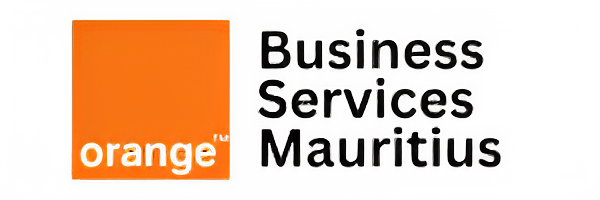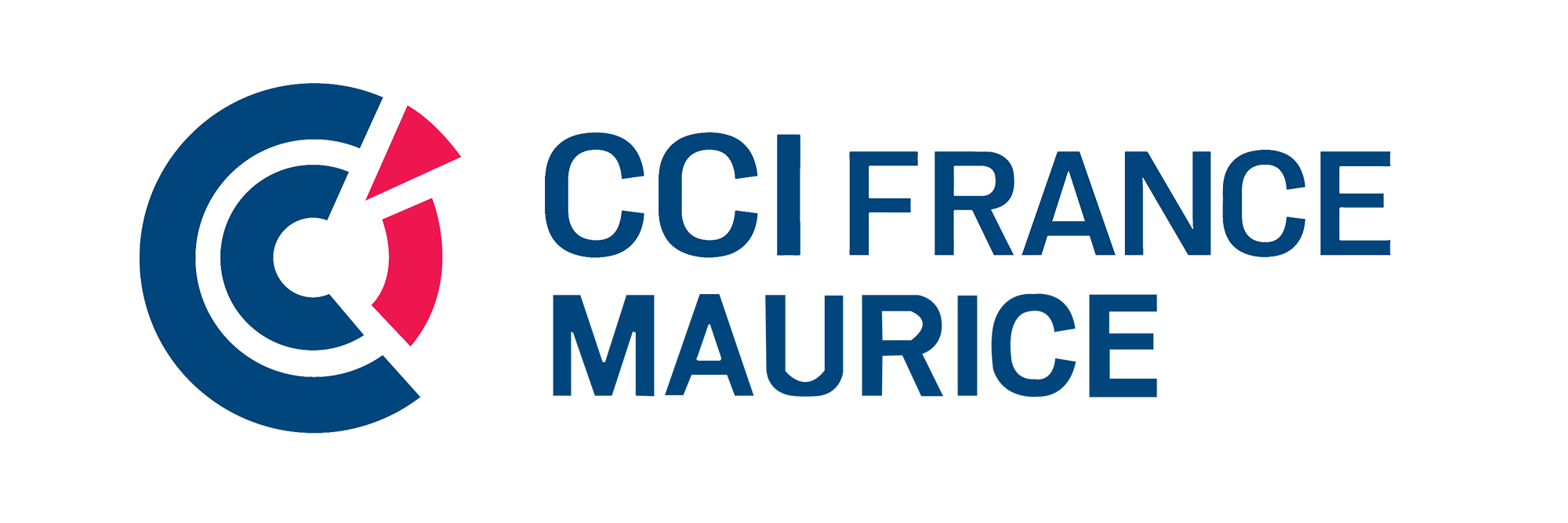HR departments are looking to recruit, manage, and optimize their international teams without administrative complexity. Two models dominate this transformation: BPO (Business Process Outsourcing) and EOR (Employer of Record). But for many companies, the line between the two remains unclear. You’re probably asking: “What’s the difference between a BPO and an EOR? Which one should I choose for my HR needs?”
In reality, these two models serve very different goals. BPO allows you to outsource an entire function (such as customer support or accounting), while EOR lets you legally hire remote talent without creating a local entity. In an increasingly globalized labor market, understanding these nuances is crucial. This article explains the differences, advantages, risks, and concrete use cases to help you choose the HR model best suited to your organization.
BPO and EOR: What’s the Core Difference?
The main difference between a BPO and an EOR lies in what is being outsourced.
With BPO, you delegate an entire process to an external provider (e.g., payroll management, call center operations, accounting).
With EOR, you retain operational management but outsource the legal and administrative employment aspects.
In short:
BPO = Outsourcing a function.
EOR = Outsourcing the employment relationship.
💡 Example:
A company can outsource its entire customer service to a Moroccan BPO, or hire three agents in Morocco through an EOR to keep operational control while remaining compliant with local labor laws.
What Exactly Is a BPO (Business Process Outsourcing)?
BPO involves entrusting an external service provider with all or part of a non-core business process. This model has been used for over 30 years, especially in finance, IT, HR, and customer relations.
Main Benefits of BPO:
Cost reduction: up to 50% savings, according to Deloitte Global Outsourcing Survey 2024.
Access to experts without direct recruitment.
Productivity gains through provider specialization.
Focus on core business by delegating repetitive tasks.
Common Use Cases:
Customer support: outsourced to Madagascar or Morocco.
Accounting: handled by specialized firms.
HR data processing: payroll, tax declarations, etc.
🎯 BPO’s Goal: lighten internal workload while improving service performance.
What Is an EOR (Employer of Record) and How Does It Work?
An EOR is a legal intermediary that employs a worker on behalf of a foreign company. The EOR manages all legal, tax, and social obligations, while you oversee day-to-day work.
Main Benefits of EOR:
Full legal compliance in over 150 countries.
No need to set up a local entity.
Fast international hiring.
Legal security for payroll, leave, and insurance.
💡 Example:
A French company hires a developer in Kenya through an EOR such as Breedj. The employee signs a local contract, is paid legally, but works 100% for the French company.
📊 According to Globalization Partners (2024), 65% of companies using an EOR report a 30% reduction in HR administrative workload.
BPO vs EOR: Which One Should You Choose for Your HR Goals?
It all depends on your level of control and outsourcing strategy.
| HR Objective | Choose BPO | Choose EOR |
|---|---|---|
| Delegate a full function | ✅ Yes | ❌ No |
| Hire a specific individual abroad | ❌ No | ✅ Yes |
| Gain quick flexibility | ✅ Yes | ✅ Yes |
| Manage local legal compliance | Shared | 100% handled |
| Maintain managerial control | Limited | Total |
| Build an international team | Not suitable | Ideal |
In summary:
BPO is perfect if you want to delegate a function.
EOR is ideal if you want to expand your global team without opening a subsidiary.
Advantages and Limitations of Both Models
✅ Advantages of BPO:
Reduced labor costs.
Access to trained resources.
Complete delegation of HR management.
⚠️ Limitations of BPO:
Less control over work quality.
Risk of dependency on the provider.
Harder integration of outsourced teams into company culture.
✅ Advantages of EOR:
Full compliance with local laws.
Stronger employee belonging and engagement.
Simplified payroll and tax management.
⚠️ Limitations of EOR:
More expensive than freelancing.
Less suited for short-term projects.
Administrative reliance on the EOR partner.
Real-World Examples
Case 1: A European SME Outsources Customer Support (BPO)
A German e-commerce company chooses a Moroccan BPO for French-speaking customer support. Results:
40% reduction in personnel costs.
24/7 availability without internal hiring.
25% increase in customer satisfaction after 6 months.
Case 2: A Tech Startup Hires via EOR
A French FinTech startup hires two developers in Mauritius through an EOR.
No legal risk.
Smooth integration with internal teams.
Recruitment completed in 10 days, no local entity required.
How to Combine BPO and EOR for Maximum HR Performance
More and more companies are using a hybrid approach:
BPO for repetitive functions (payroll, customer service).
EOR for key roles (developers, managers, experts).
This model helps reduce costs while maintaining strategic control.
💡 Example:
A company outsources payroll to a BPO and hires its local HR manager through an EOR to supervise operations.
BPO and EOR are not competing models—they are complementary.
BPO suits companies wanting to delegate full functions for efficiency and cost reduction.
EOR suits those wanting to legally hire abroad while keeping operational control.
🎯 By combining both, you get an agile, compliant, and sustainable HR model.
👉 Want to build an international team with zero legal risk?
Discover how Breedj, an African EOR partner, helps you hire and manage remote talent in full compliance.













